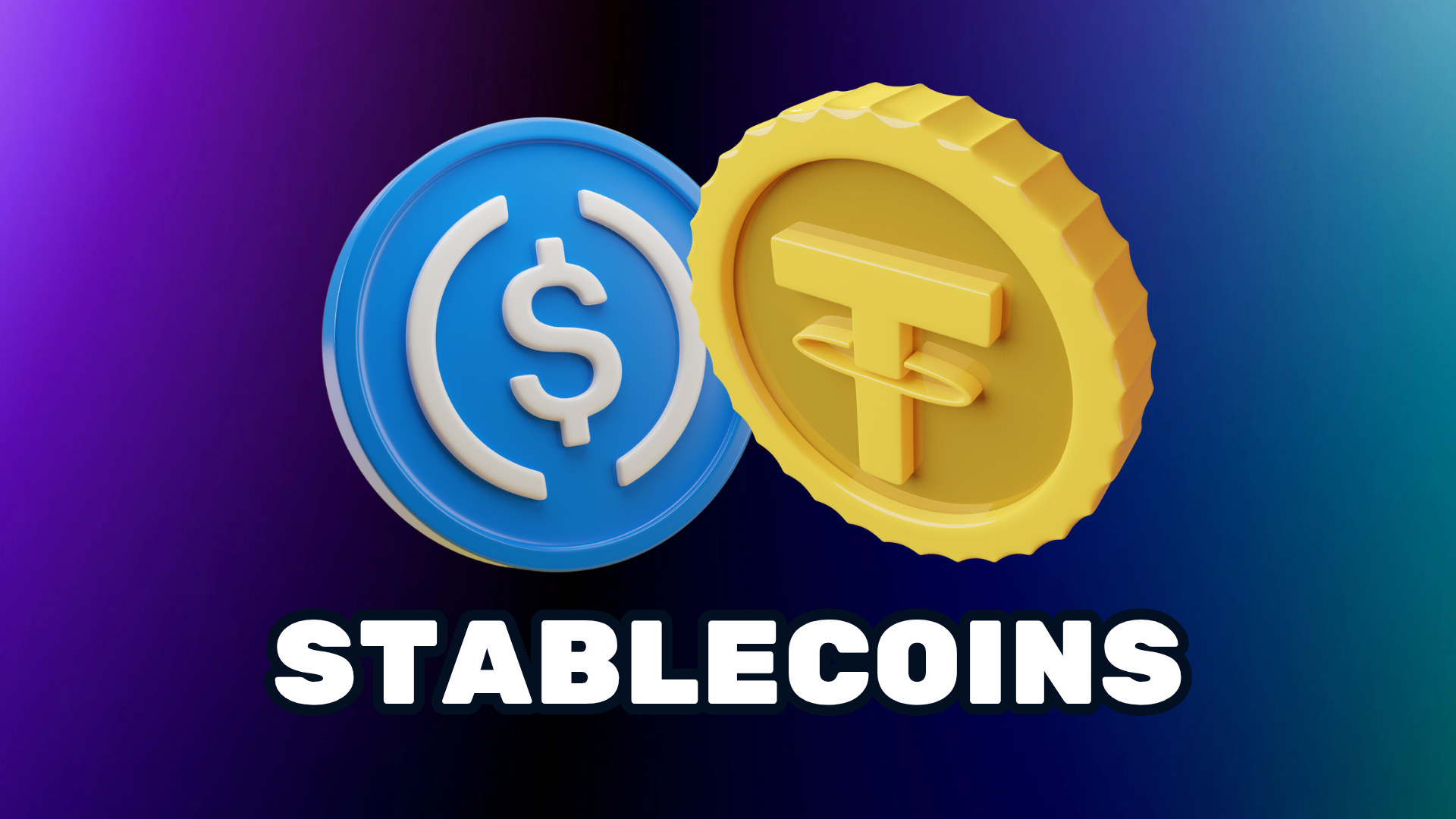Cryptocurrency has transformed finance, offering new ways to transact and invest. However, price volatility remains a major challenge, with Bitcoin, Ethereum, and other digital assets experiencing dramatic fluctuations. This is where stablecoins come in.
What Are Stablecoins?
Stablecoins are cryptocurrencies that are designed to maintain a steady value by being pegged to stable assets like fiat currencies (e.g. the US dollar) or commodities (e.g. gold). They offer the best of both worlds: the efficiency of crypto and the reliability of traditional money.
There are two main types of stablecoins.
- Collateralized stablecoins are supported by real assets like bonds or cash reserves. Tether (USDT) is the most widely used stablecoin, pegged to the US dollar and backed by reserves. Another popular stable coin is USD Coin (USDC), which is also tied to the US dollar.
- Algorithmic stablecoins maintain their value using smart contracts and algorithms instead of physical reserves.
Why Do People Use Stablecoins?
Stablecoins play a crucial role in the crypto ecosystem by offering a safe haven from volatility. Traders use them to move in and out of more volatile assets without converting to fiat. They also serve as a bridge that connects TradFi and DeFi, connecting these two worlds.
In some countries, stablecoins have become a lifeline for financial inclusion, offering people an alternative to unstable local currencies and limited banking services. They provide a reliable store of value in regions affected by inflation and economic uncertainty.
Stablecoins also speed up cross-border transactions, allowing for fast and seamless transfers.
As the industry continues to grow, stablecoins like USDT and USDC are shaping the future of transactions, making crypto more accessible, efficient, and practical for everyday use.
Frequently Asked Questions (FAQ)
Is Bitcoin a stablecoin?
No, Bitcoin is not considered a stablecoin. USDT, USDC, and DAI are examples of stablecoins.
What is the purpose of stablecoins?
Stablecoins help address the gap between crypto volatility and traditional fiat stability. They provide blockchain perks while minimizing price fluctuations.
Are all stablecoins pegged to USD?
Many stablecoins are pegged to the US dollar, but not all, Some, like EURS, are tied to other fiat currencies like the euro, while others, like Paxos Gold (PAXG), are backed by commodities like gold.










